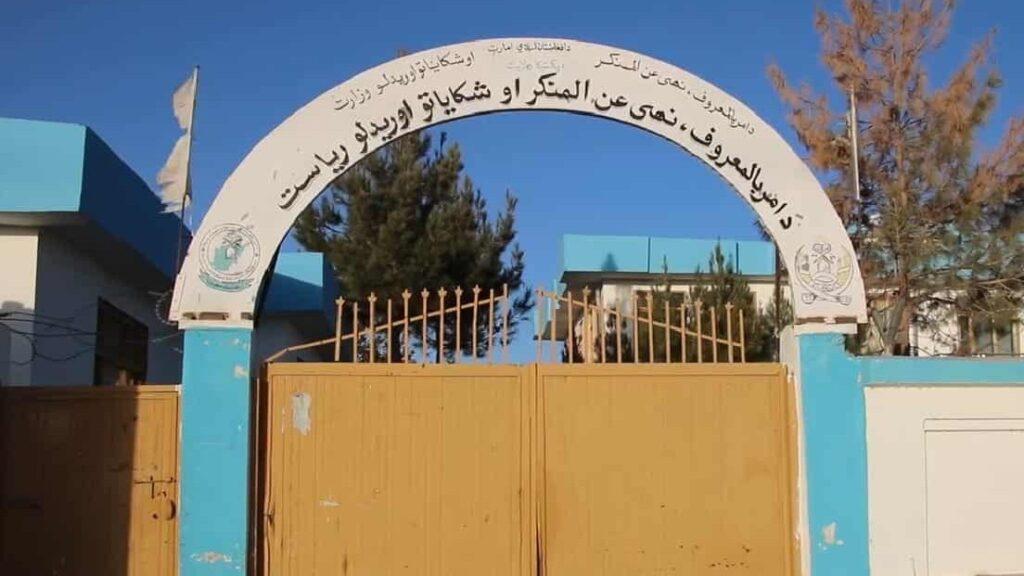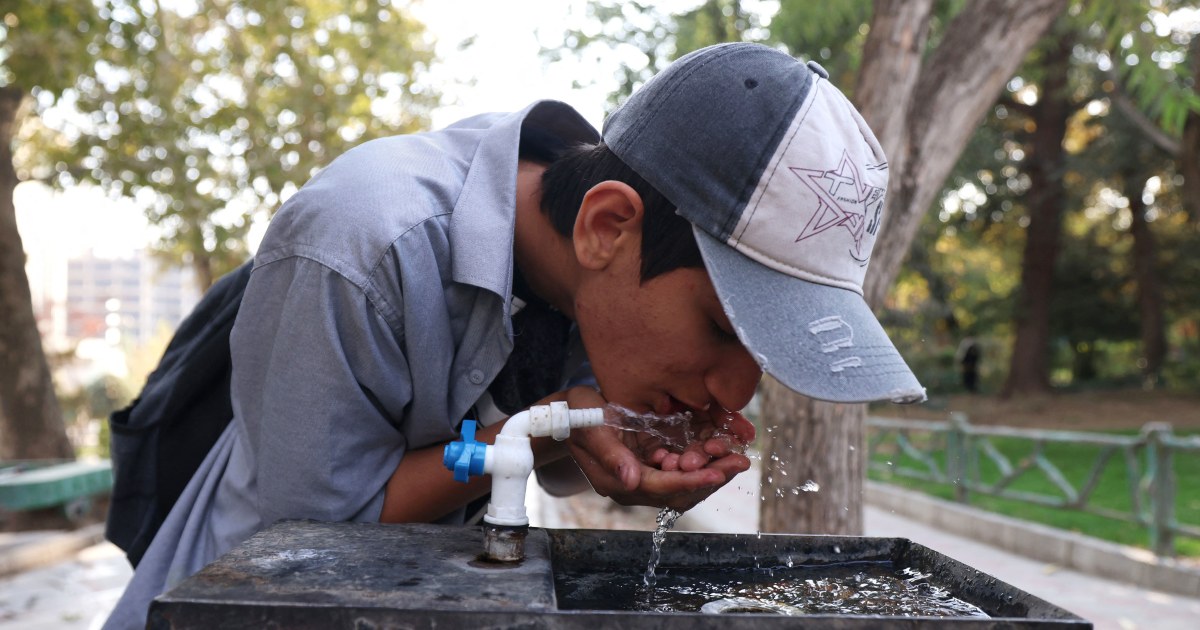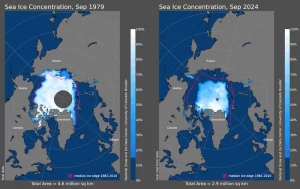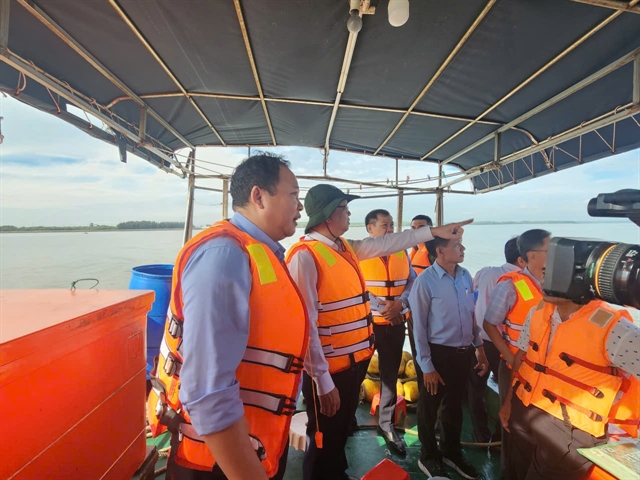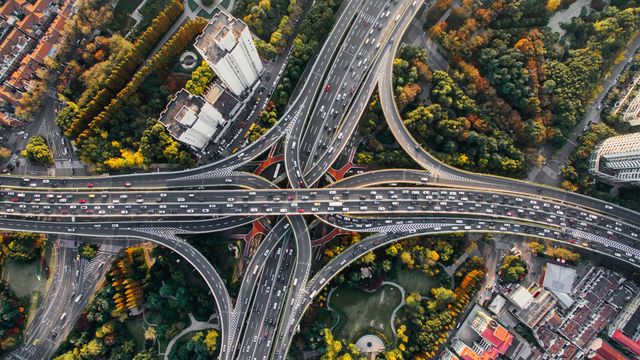Protecting Babies and Young Children from the Effects of Air Pollution During Cold Seasons: Medical Advice for Mothers – Countercurrents
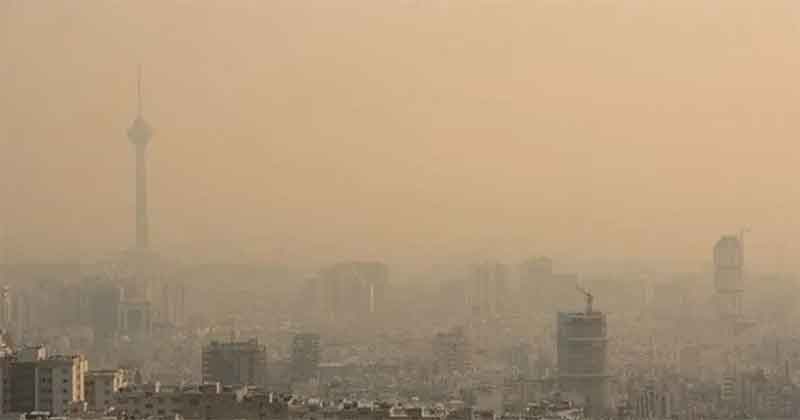
Report on Urban Air Pollution and its Impact on Child Health in the Context of Sustainable Development Goals
Introduction: A Public Health Challenge to Sustainable Development
Urban air pollution represents a significant impediment to achieving the Sustainable Development Goals (SDGs), particularly in cities across Iran and other developing nations. During cold seasons, meteorological phenomena such as temperature inversion exacerbate the concentration of airborne pollutants from heating, traffic, and industrial sources. This report analyzes the severe public health implications of this seasonal air quality degradation, with a specific focus on its disproportionate impact on infants and children under three years of age. The findings underscore the urgent need for integrated strategies that align with SDG 3 (Good Health and Well-being) and SDG 11 (Sustainable Cities and Communities) to protect vulnerable populations. This report provides evidence-based recommendations for caregivers and outlines the policy-level interventions necessary for systemic change.
Air Pollution Dynamics and the Global Development Agenda
Seasonal Pollution Patterns as a Barrier to SDG 11
Many urban centers, including Tehran, experience a severe decline in air quality during colder months. This is primarily driven by increased fossil fuel consumption for heating and the trapping of pollutants like particulate matter (PM2.5, PM10), nitrogen oxides, and carbon monoxide by temperature inversions. This recurring environmental crisis directly challenges the objectives of SDG 11, specifically Target 11.6, which calls for reducing the adverse per capita environmental impact of cities by improving air quality. The failure to manage urban air pollution undermines the creation of safe, resilient, and sustainable human settlements.
Global Health Implications and the Pursuit of SDG 3
The World Health Organization (WHO) identifies urban air pollution as a leading environmental health risk, responsible for millions of premature deaths annually. This global health crisis is a major obstacle to achieving SDG 3, which aims to ensure healthy lives and promote well-being for all at all ages. The high incidence of pollution-related illness and mortality among children directly conflicts with Target 3.2 (ending preventable deaths of newborns and children under five) and Target 3.9 (substantially reducing deaths and illnesses from hazardous air pollution).
Health Impacts on Children: A Critical Vulnerability Analysis
Physiological Susceptibility in Early Childhood
Infants and young children are uniquely vulnerable to air pollution due to their developing respiratory and immune systems. They inhale a greater volume of air relative to their body weight, increasing their exposure to harmful pollutants. This heightened susceptibility means that poor air quality has a more severe and lasting impact on children, a reality that contravenes the core SDG principle of “leaving no one behind” and exacerbates inequalities addressed in SDG 10 (Reduced Inequalities).
Acute and Chronic Health Risks
Exposure to high concentrations of air pollutants leads to a range of adverse health outcomes in young children, from acute respiratory infections to chronic conditions.
- Short-Term Effects: Increased frequency and severity of coughing, wheezing, asthma attacks, bronchiolitis, and pneumonia, often requiring hospitalization.
- Long-Term Effects: Impaired lung development, reduced pulmonary function, and an elevated risk of developing chronic respiratory diseases, allergies, and cardiovascular problems in later life. These long-term health burdens compromise an individual’s potential and place a strain on public health systems, hindering progress towards SDG 3.
Protective Strategies and Mitigation Measures
Empowering Caregivers with Actionable Knowledge
Protecting children requires a multi-faceted approach grounded in awareness and proactive measures. The following strategies empower mothers and caregivers to mitigate exposure risks.
-
Monitor and Understand Air Quality
Regularly check local Air Quality Index (AQI) reports via official channels. Understanding these metrics is the first step in making informed decisions to protect children, aligning with SDG 4 (Quality Education) by promoting access to vital information.
-
Reduce Outdoor Exposure
On days with poor air quality (AQI levels designated “unhealthy for sensitive groups” or worse), the following actions are recommended:
- Limit time outdoors, especially during peak traffic hours.
- Reschedule non-essential outdoor activities.
- Avoid intense physical exertion outdoors, as it increases pollutant inhalation.
- Keep children away from high-traffic roads and other pollution sources.
-
Improve Indoor Air Quality
Since outdoor pollutants infiltrate indoor spaces, maintaining clean air inside the home is crucial for creating a healthy living environment (SDG 11).
- Keep windows and doors closed during high-pollution episodes.
- Use air purifiers with High-Efficiency Particulate Air (HEPA) filters in rooms where children spend the most time.
- Eliminate indoor pollution sources, including tobacco smoke, incense, and unvented heaters.
- Ventilate the home strategically when outdoor air quality improves.
-
Support Overall Health and Immunity
Strengthening a child’s general health can help mitigate the effects of pollutant exposure, contributing directly to SDG 3.
- Ensure adequate hydration to support respiratory tract health.
- Provide a diet rich in antioxidants from fruits and vegetables.
- Promote breastfeeding for its immune-boosting benefits.
- Maintain an up-to-date vaccination schedule, including influenza and pneumococcal vaccines.
-
Recognize Warning Signs and Seek Medical Care
Caregivers must be vigilant for symptoms of respiratory distress, such as increased coughing, wheezing, rapid breathing, or lethargy. Prompt medical attention is critical, especially for children with pre-existing health conditions.
Advocacy for Systemic and Policy-Level Change
Aligning Public Policy with Sustainable Development Goals
While individual actions are vital, long-term solutions depend on robust public policy and community-level interventions. Achieving sustainable improvements in air quality requires a concerted effort to:
- Transition to clean and renewable energy sources for heating and electricity, in line with SDG 7 (Affordable and Clean Energy).
- Implement and enforce stricter emission standards for vehicles and industrial facilities.
- Invest in sustainable public transportation to reduce traffic congestion and emissions.
- Establish and protect “clean air zones” around schools, hospitals, and residential areas.
The Role of Community Collaboration and Partnerships (SDG 17)
Addressing the complex challenge of air pollution necessitates collaboration among all stakeholders. Mothers, community groups, and civil society organizations can drive change by sharing information, advocating for policy reform, and working with local authorities. Such partnerships embody the spirit of SDG 17 (Partnerships for the Goals) and are essential for building a collective response to this shared environmental and health crisis.
Conclusion
The seasonal increase in air pollution poses a direct threat to child health and undermines progress toward multiple Sustainable Development Goals, including those related to health, sustainable cities, and clean energy. A comprehensive response must empower caregivers with the knowledge to protect their children while simultaneously implementing bold policies that address the root causes of pollution. By integrating individual action with systemic change, communities can mitigate the risks of air pollution and advance the global agenda for a healthier, more sustainable future for all children.
Analysis of Sustainable Development Goals in the Article
1. Which SDGs are addressed or connected to the issues highlighted in the article?
- SDG 3: Good Health and Well-being: The article’s primary focus is on the severe health risks that air pollution poses to infants and children under three. It details acute and chronic health effects, such as respiratory infections, impaired lung development, and adverse neurodevelopmental outcomes, directly linking environmental factors to human health.
- SDG 11: Sustainable Cities and Communities: The article explicitly discusses air pollution as a critical challenge in urban centers, citing Tehran and other major cities in Iran, China, India, and Europe. It addresses urban-specific issues like traffic congestion, residential heating emissions, and the need for policy-level interventions such as public transportation and “clean air zones.”
- SDG 13: Climate Action: Although not the main theme, the article connects to climate action by identifying the sources of air pollution, such as the “heightened use of fossil fuels for residential heating” and “vehicular emissions.” These activities are also primary drivers of climate change. The proposed solutions, like supporting “clean energy initiatives,” are fundamental to both improving air quality and mitigating climate change.
2. What specific targets under those SDGs can be identified based on the article’s content?
- Target 3.2: End preventable deaths of newborns and children under 5 years of age. The article highlights that air pollution leads to “millions of premature deaths annually, especially among children” and causes severe respiratory infections like pneumonia, which are “leading causes of hospitalization in this age group.” Protecting children from air pollution is a direct effort to reduce preventable illnesses and deaths.
- Target 3.9: By 2030, substantially reduce the number of deaths and illnesses from hazardous chemicals and air, water and soil pollution and contamination. This target is central to the article, which is entirely focused on the health consequences of exposure to air pollutants like “fine particulate matter (PM2.5 and PM10), nitrogen oxides, sulfur dioxide, carbon monoxide, and other toxic substances.”
- Target 11.6: By 2030, reduce the adverse per capita environmental impact of cities, including by paying special attention to air quality. The article’s discussion of seasonal air pollution in urban centers, the importance of monitoring air quality, and advocating for stricter emission controls directly addresses the need to manage and improve urban air quality.
- Target 13.3: Improve education, awareness-raising and human and institutional capacity on climate change mitigation, adaptation, impact reduction and early warning. The article emphasizes the need to empower mothers with “evidence-based, practical strategies” and knowledge. It calls for “community awareness campaigns to educate others about the risks of air pollution,” which aligns with building human capacity and raising awareness on environmental health issues linked to climate drivers.
3. Are there any indicators mentioned or implied in the article that can be used to measure progress towards the identified targets?
- Indicator 3.9.1: Mortality rate attributed to household and ambient air pollution. The article implies this indicator by stating that the WHO “has repeatedly warned of the health consequences of urban air pollution, noting its role in millions of premature deaths annually, especially among children.” Tracking the reduction in these deaths would measure progress.
- Indicator 11.6.2: Annual mean levels of fine particulate matter (e.g. PM2.5 and PM10) in cities (population weighted). This indicator is directly mentioned. The article advises mothers to “monitor local air quality indices (AQI)” and understand the specific pollutants involved, such as “PM2.5,” which are key components of this official indicator.
- Implied Indicator: Hospitalization rates for respiratory illnesses in children under three. The article states that polluted air can lead to “more frequent and severe respiratory infections, such as bronchiolitis and pneumonia, which are leading causes of hospitalization in this age group.” A reduction in these hospitalization rates would be a clear measure of improved health outcomes.
- Implied Indicator: Level of public awareness and education on air pollution risks. The article’s conclusion stresses that “Empowering mothers with accurate, practical, and medically sound advice is an essential part of the public health response.” Progress could be measured through surveys on public knowledge of AQI, protective measures, and health risks, reflecting the success of the awareness campaigns mentioned.
4. Table of SDGs, Targets, and Indicators
| SDGs | Targets | Indicators |
|---|---|---|
| SDG 3: Good Health and Well-being |
3.2: End preventable deaths of newborns and children under 5 years of age.
3.9: Substantially reduce the number of deaths and illnesses from hazardous chemicals and air pollution. |
3.9.1: Mortality rate attributed to household and ambient air pollution (Implied by the mention of “premature deaths annually, especially among children”).
Implied: Hospitalization rates for respiratory illnesses (e.g., pneumonia, bronchiolitis) in children. |
| SDG 11: Sustainable Cities and Communities | 11.6: Reduce the adverse per capita environmental impact of cities, paying special attention to air quality. | 11.6.2: Annual mean levels of fine particulate matter (e.g. PM2.5 and PM10) in cities (Mentioned through references to monitoring “local air quality indices (AQI)” and “PM2.5”). |
| SDG 13: Climate Action | 13.3: Improve education, awareness-raising and human and institutional capacity on climate change mitigation and impact reduction. | Implied: Level of public awareness and education on air pollution risks and protective measures (Implied by the call for “community awareness campaigns” and “empowering mothers with…advice”). |
Source: countercurrents.org
What is Your Reaction?
 Like
0
Like
0
 Dislike
0
Dislike
0
 Love
0
Love
0
 Funny
0
Funny
0
 Angry
0
Angry
0
 Sad
0
Sad
0
 Wow
0
Wow
0








